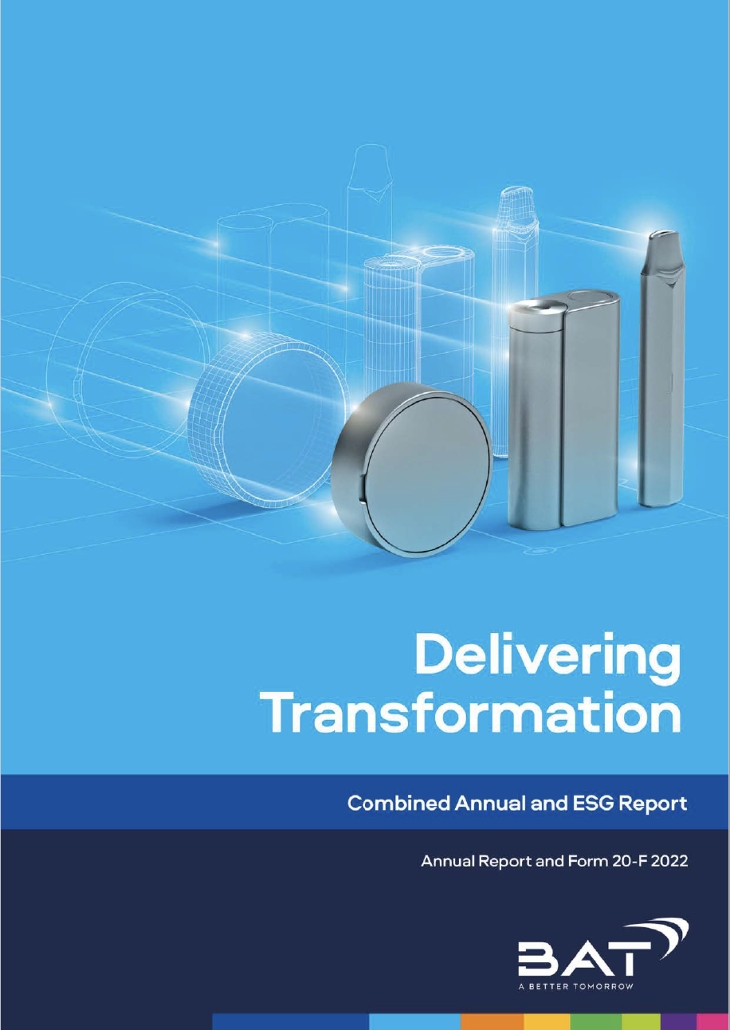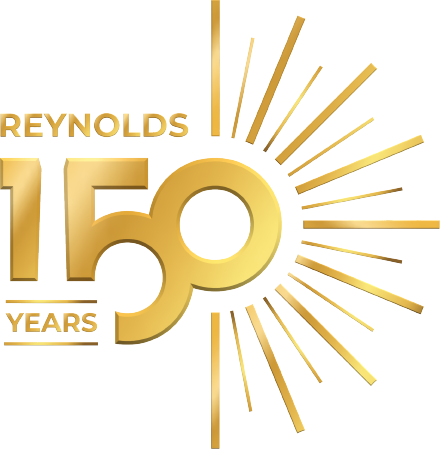Learn more about how our ESG framework is driven by our purpose to deliver A Better Tomorrow™
Definitions*
Carbon Neutral
Carbon neutrality is the balance between emitting carbon and absorbing carbon emissions from carbon sinks. The term “neutral” accounts for that balance; the GHG released into the atmosphere is offset by an equivalent amount being removed.
Carbon Offsets
GHG reductions or removals used to compensate for GHG emissions made elsewhere.
Decarbonization
The process by which CO2 emissions associated with electricity, industry, and transport are reduced or eliminated.
Emissions Or Carbon Removals
Carbon dioxide removal (CDR) refers to the process of removing CO2 from the atmosphere. There are two main types of CDR: either enhancing existing natural processes that remove carbon from the atmosphere (e.g., by increasing its uptake by trees, soil, or other carbon sinks) or using chemical processes to, for example, capture CO2 directly from the ambient air and store it elsewhere (e.g., underground).
Greenhouse Gases (GHG)
Greenhouse gases are gases in the atmosphere such as water vapor, carbon dioxide, methane, and nitrous oxide that can absorb infrared radiation, trapping heat in the atmosphere. This greenhouse effect means that emissions of greenhouse gases due to human activity cause global warming.
Neutralization
Measures that companies take to remove carbon from the atmosphere and permanently store it to counterbalance the impact of emissions that remain unabated.
Renewable Energy
Energy that is produced from sources that naturally replenish and do not run out, like the sun and wind. Adversely, non-renewable energy is produced from finite sources that could get used up, such as fossil fuel-derived oil and coal.
Residual Emissions
Emissions sources that remain unabated in a specific year of a mitigation scenario. Long-term SBTs are consistent with the level of residual emissions in the year of global or sector net zero in 1.5°C-aligned mitigation pathways with low or no overshoot.
Scope 1 Emissions
All direct emissions within the operational control of an organization.
Scope 2 Emissions
Indirect emissions generated from purchased electricity, heat, steam, or cooling.
Scope 3 Emissions
All other indirect emissions from sources such as business travel, waste management, and the value chain.
*Reynolds definitions are aligned with the BAT Group’s and include terms defined in BAT’s Low-Carbon Transition Plan which are sourced from Gold Standard, International Union for Conservation of Nature, IPCC, SBTi Net Zero Standard, the U.S. Environmental Protection Agency, World Bank, and the World Economic Forum. Additional sources include the U.S. Office of Energy Efficiency & Renewable Energy.
BAT Group engaged an independent assurer to provide limited assurance of selected, Group-level ESG metrics reported in its 2022 Combined Annual and ESG Report. This (Reynolds America) report includes selected Reynolds American-specific metrics that formed a part of those assured Group-level metrics, although Reynolds’s metrics were not specifically assured as stand-alone data.

The Reynolds Sustainability 2022 Summary presents data for Reynolds American Inc. that further demonstrates our sustainability commitment. Reynolds American Inc. is a wholly owned subsidiary of the global BAT Group and the U.S. parent company of R.J. Reynolds Tobacco Company, Santa Fe Natural Tobacco Company, Inc., American Snuff Company, LLC, R.J. Reynolds Vapor Company and Modoral Brands Inc. To learn more about the British American Tobacco p.l.c., Group Companies and read the Combined Annual and ESG Report.
To learn more about BAT, please visit www.BAT.com

